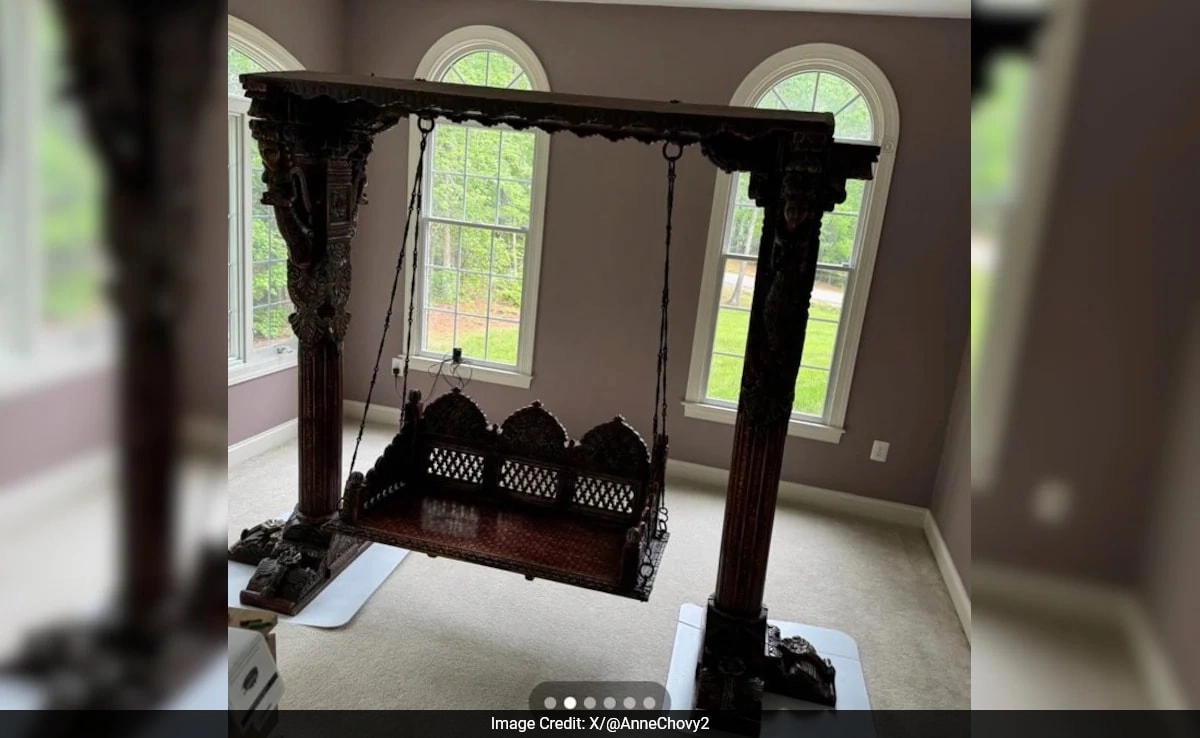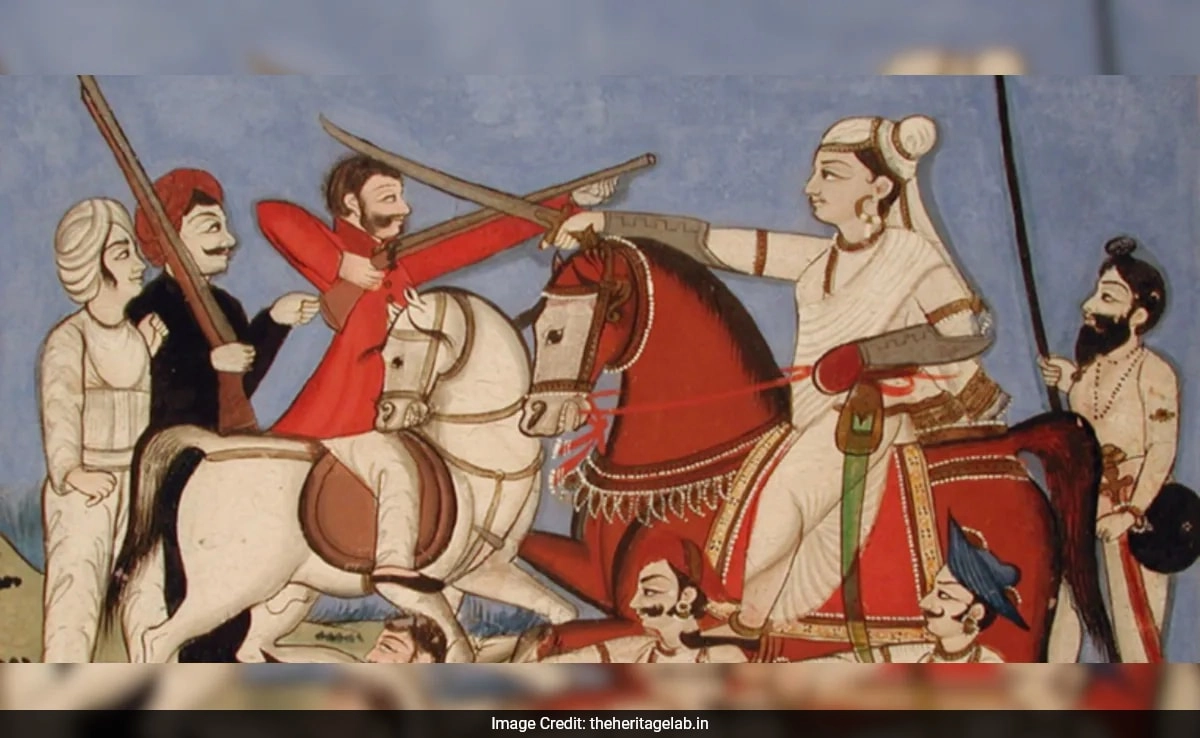Recently, a foreign artist faced backlash on social media for a post that misidentified a traditional Indian swing, known as a “jhoola,” as a Gothic swing. The artist shared an image of the ornate swing, commonly used in Indian culture, along with a caption that inaccurately attributed its design and origin to Gothic architecture. This misrepresentation sparked outrage among internet users, who felt it was essential to correct the narrative and highlight the cultural significance of the jhoola in Indian traditions.
The jhoola is more than just a piece of furniture; it carries deep cultural and historical meaning within Indian society. Swings have been a cherished part of Indian festivals, ceremonies, and family gatherings for centuries, symbolizing joy, togetherness, and the playful spirit of childhood. Their intricate designs often reflect regional artistry and craftsmanship, showcasing the rich heritage of various Indian communities. Internet users rallied to educate the artist and others about the true origins of the jhoola, emphasizing that it deserves recognition and respect in its own right, rather than being misclassified under a different cultural context.
Critics pointed out that such mislabeling can perpetuate cultural appropriation and misunderstanding, where elements of one culture are misrepresented or stripped of their significance when viewed through a foreign lens. Many argued that it is crucial for artists and influencers to do their due diligence when sharing cultural artifacts, as they play a role in shaping perceptions and promoting awareness. The incident serves as a reminder of the importance of cultural sensitivity in an increasingly globalized world, where various traditions and symbols often intersect and interact.
In response to the criticism, the artist issued an apology, acknowledging their mistake and expressing a desire to learn more about the jhoola and its significance in Indian culture. This incident highlights the power of social media as a platform for cultural dialogue and education, allowing individuals from different backgrounds to engage in meaningful conversations about heritage and identity. Ultimately, the situation underscores the importance of honoring and respecting cultural origins, ensuring that traditional artifacts are celebrated for what they truly represent.




